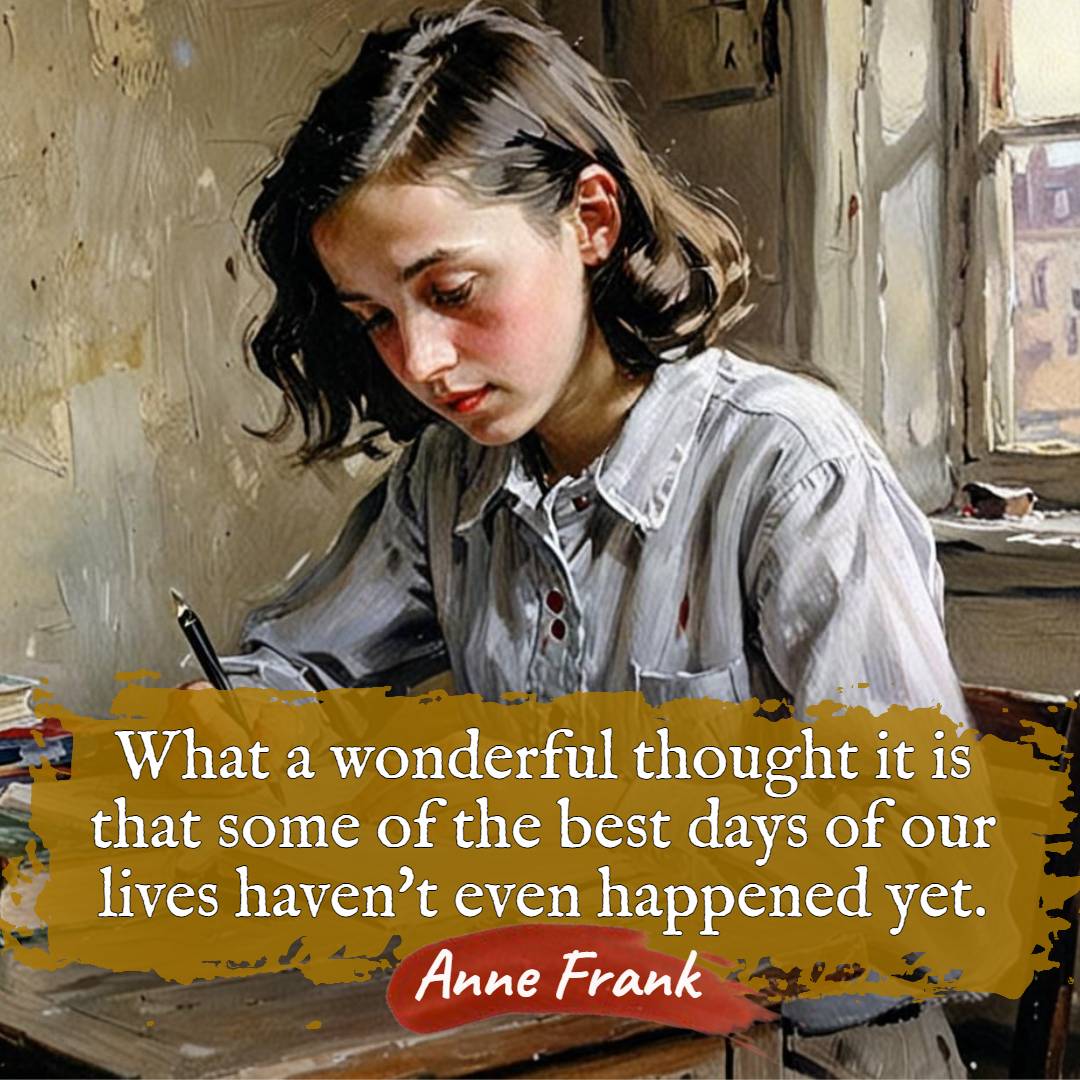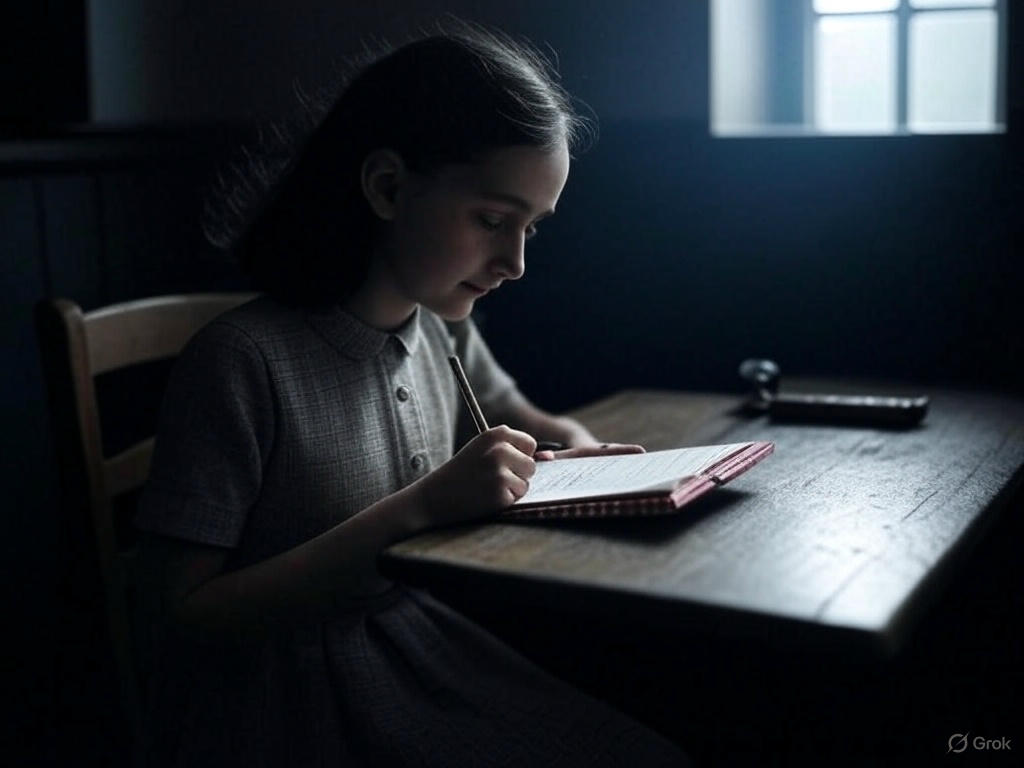Friedrich Nietzsche: The Rebel Philosopher Who Dared to Redefine Truth, God, and the Human Soul!
Anne Frank’s Enduring Voice: A Legacy Written in the Shadows
Fascinating Facts about Anne Franks
-
A Hidden Life in Words: Anne Frank wrote her iconic diary while hiding in a secret annex in Amsterdam, capturing her hopes and fears during Nazi occupation.

-
Global Impact: Translated into over 70 languages, Anne’s diary has touched millions, making her a symbol of resilience and humanity’s enduring spirit.
-
Aspiring Author: At just 13, Anne dreamed of becoming a writer, revising her diary entries with plans to publish them after the war.
-
Betrayed but Unbroken: Anne’s family was betrayed after two years in hiding, yet her words survived, revealing the strength of a young girl’s soul.
“I still believe, in spite of everything, that people are truly good at heart.”
— Anne Frank, from The Diary of a Young Girl
Biography
Anne Frank’s name echoes through history, not just as a victim of the Holocaust but as a voice that refuses to be silenced. Born on June 12, 1929, in Frankfurt, Germany, Annelies Marie Frank was a bright, curious girl whose life was upended by the rise of Nazi persecution. Her Jewish family fled to Amsterdam in 1933, seeking safety, but the shadow of war followed. By 1940, the Netherlands fell under Nazi occupation, and the Franks’ world grew smaller, more dangerous.
In 1942, as anti-Jewish decrees tightened, Anne’s father, Otto, prepared a secret annex behind his business at 263 Prinsengracht. On her 13th birthday, Anne received a diary, a red-and-white checkered book that became her confidante. Days later, the family went into hiding with four others, living in cramped, silent fear for two years. Anne poured her heart onto those pages—her dreams of writing, her frustrations with her mother, her budding romance with Peter van Pels. She wasn’t just a teenager; she was a philosopher, wrestling with humanity’s cruelty and kindness.
Can you imagine the courage it took to write with such clarity while the world outside hunted you? Anne revised her entries, hoping to publish them as a testament to survival. But in August 1944, a betrayal—still shrouded in mystery—led to their arrest. The annex’s inhabitants were deported to concentration camps. Anne and her sister, Margot, died of typhus in Bergen-Belsen in early 1945, mere weeks before liberation. She was 15.
Otto, the sole survivor, returned to Amsterdam and found Anne’s diary, preserved by family friend Miep Gies. He fulfilled her dream, publishing The Diary of a Young Girl in 1947. It wasn’t just a book; it was a window into a soul, a cry for humanity. Translated into dozens of languages, it’s now a cornerstone of Holocaust education, reminding us what’s lost when hatred prevails.
 Anne’s life wasn’t all tragedy. She loved Hollywood stars, laughed with friends, and dreamed big despite the walls closing in. Yet her story carries a weight—her death, the millions like her, the silence of those who didn’t escape. Her words, though, are a beacon. They challenge us to look at ourselves, to ask: what would we write in our darkest hours?
Anne’s life wasn’t all tragedy. She loved Hollywood stars, laughed with friends, and dreamed big despite the walls closing in. Yet her story carries a weight—her death, the millions like her, the silence of those who didn’t escape. Her words, though, are a beacon. They challenge us to look at ourselves, to ask: what would we write in our darkest hours?
Her legacy endures in museums, plays, and schools worldwide. The Anne Frank House in Amsterdam stands as a pilgrimage site, drawing thousands to feel the weight of her hidden world. Anne wanted to be remembered, and oh, she is—her voice louder than the hatred that tried to erase her.
Sources: The Diary of a Young Girl (1947), Anne Frank House (annefrank.org), United States Holocaust Memorial Museum (ushmm.org).
Hashtags
#AnneFrank #Holocaust #DiaryOfAnneFrank #NeverForget #Humanity



